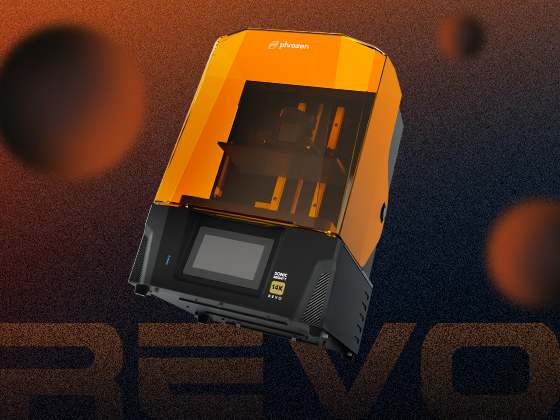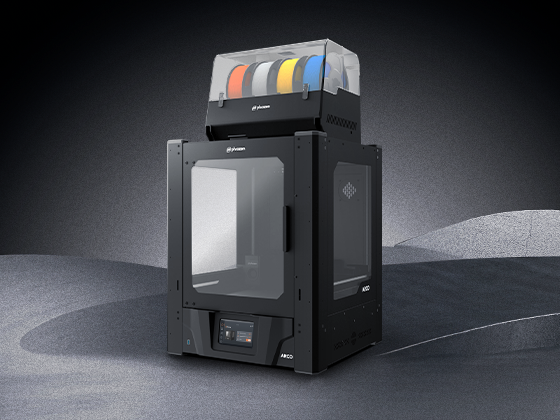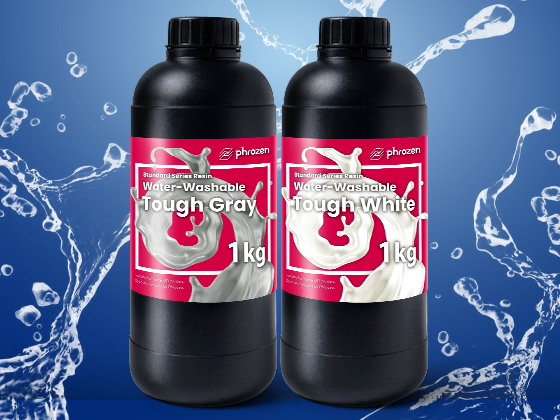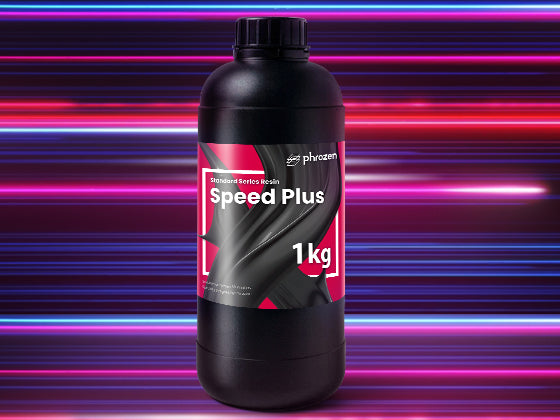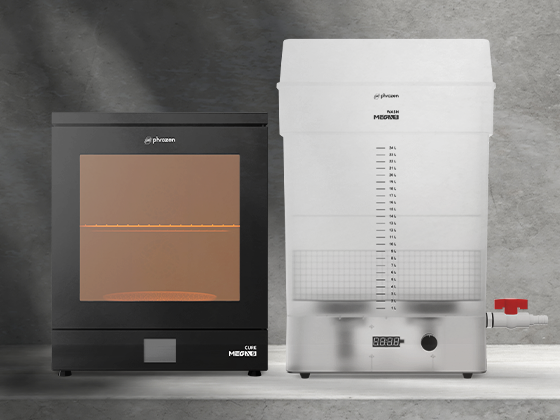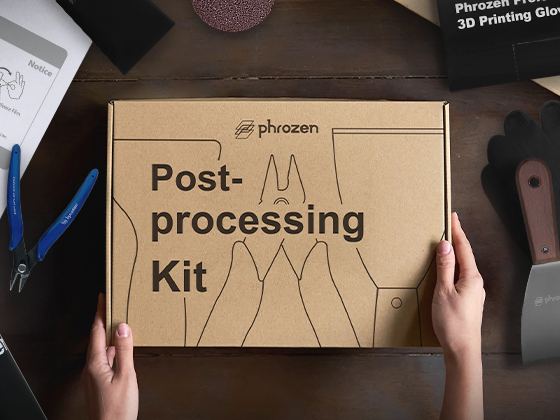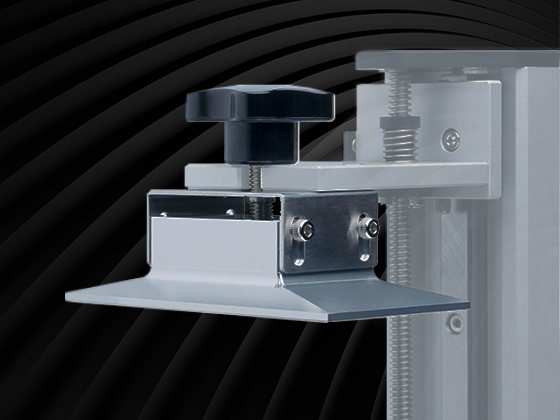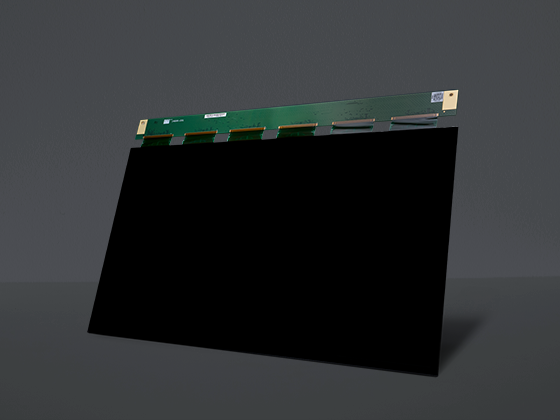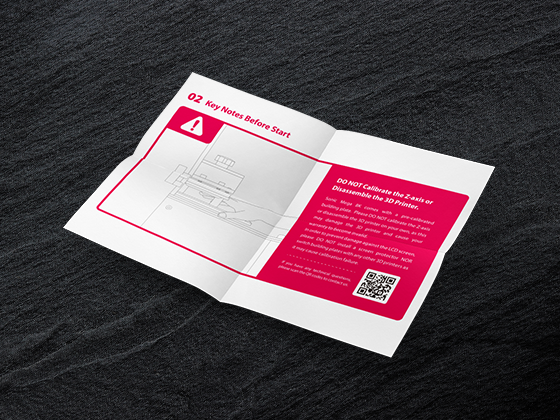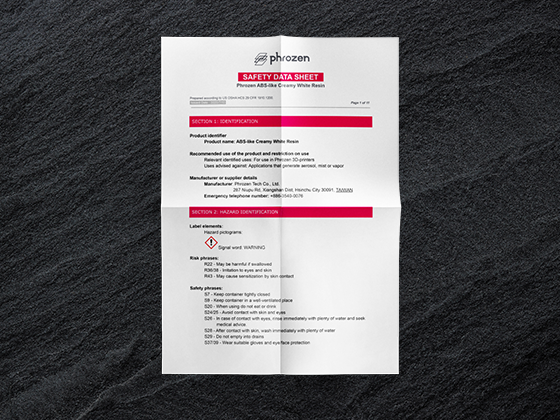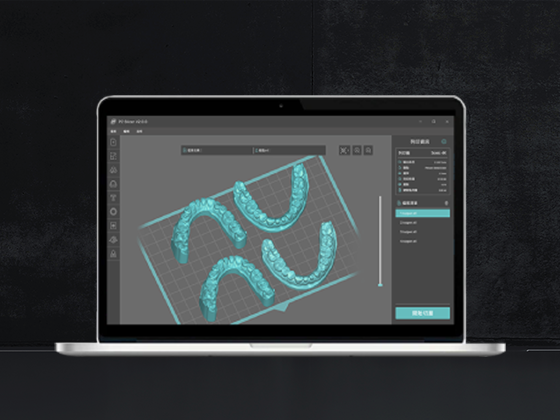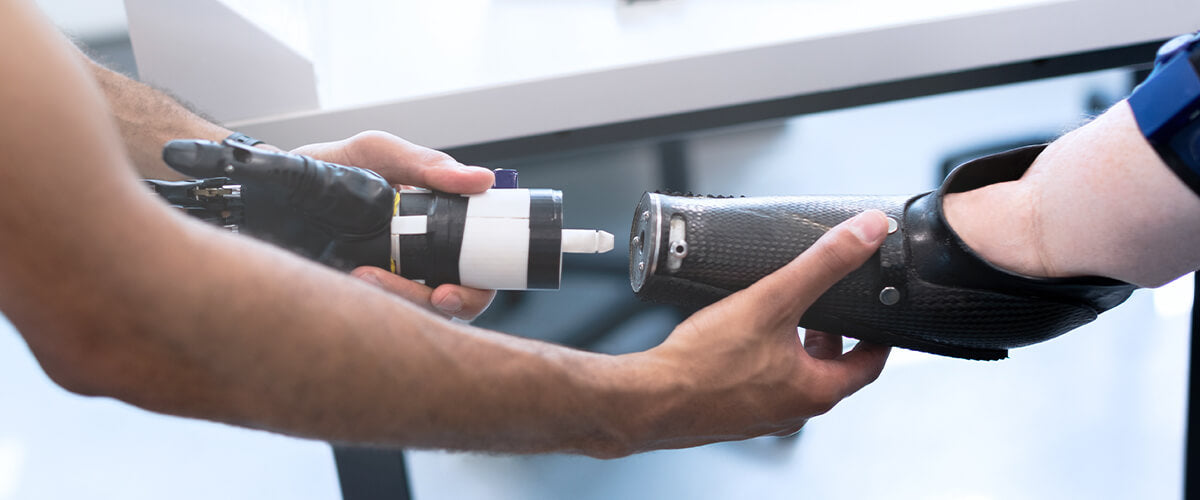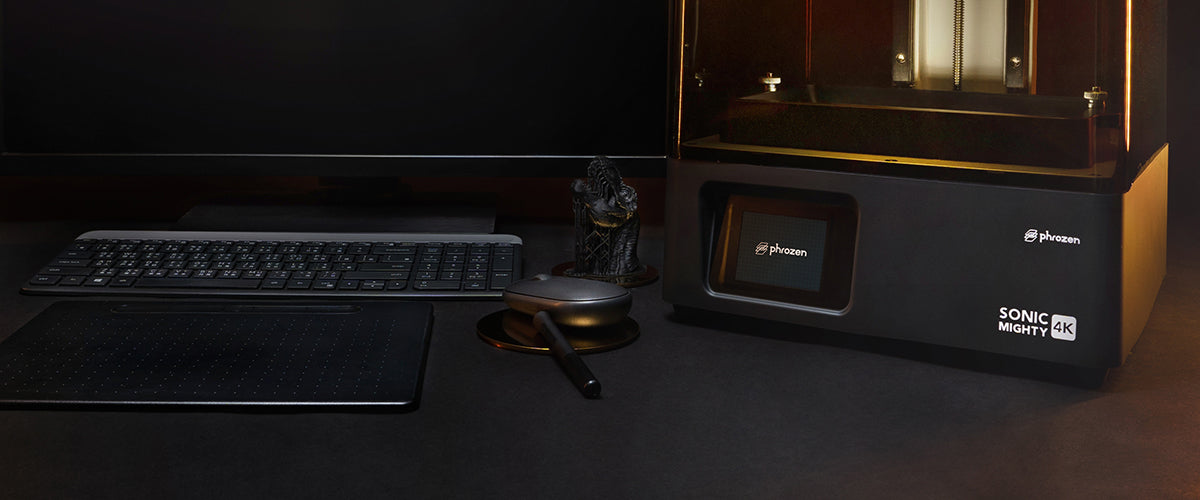As 3D printing burst onto the scene roughly 30 years ago, a ton of exciting opportunities have arisen. Medical, dental, jewelry 3D models, as well as miniatures and large-scale 3D models, among others, can now all be printed within hours.
But have you ever wondered about who actually invented the first 3D printer? Which 3D printing technique was invented first? Most of all, what was the world’s first 3D printed model? There are so many amazing stories behind 3D printing that will definitely take you by surprise!
Let’s take a step back and find out how it all began:
Phase 1: The Birth of 3D Printing

Dr. Hideo Kodama - Rapid Prototyping System (1980)
Did you know that Dr. Hideo Kodama from Japan was actually the first documented person to experiment with 3D printing technology back in the early 1980s? He was looking for a way to develop a rapid prototyping system (now known as 3D printing).
Dr. Kodama created a printing system in which resin is exposed to UV light layer by layer, producing a solid 3D model at the end. Although Dr. Kodama filed for a patent, he never did complete all the requirements for obtaining one, so his 3D printing method was never commercialized.
Chuck Hall - SLA 3D Printing (1984)
Instead, Chuck Hall is often credited as one of the pioneers of 3D printing as he was the first person to officially file for a patent for SLA 3D printing back in 1984. Hall came up with the word stereolithography (SLA) which refers to the method in which objects are made solid by printing out layers of material that are cured by ultraviolet light. He then went on to create his own 3D printing company called 3D Systems in 1986 and produced the first commercial 3D printer called SLA-1 in 1988.
SLA 3D printing requires the use of resin, a light source, and digital 3D printing files known as STL files. To learn more about how resin 3D printing works, please click here.
Fun Fact: The first item printed with a 3D printer was actually an eye wash cup!
Carl Deckard - SLS 3D Printing (1987)
Another new 3D printing method also came up around this time. In Selective Laser Sintering (SLS) 3D printing, a laser is used to turn loose powder (instead of resin) into solid material.
Carl Deckard started developing SLS 3D printing when he was only an undergraduate student at the University of Texas at Austin and continued working on the technique as a master’s and Ph.D. student with the help of his professor, Dr. Joe Beaman.
In 1987, the two of them co-founded Desk Top Manufacturing (DTM) Corp. It would take another 20 years (in 2006) till SLS 3D printing became commercially available. Eventually, their company was acquired by Chuck Hall’s company, 3D Systems, in 2001.
S. Scott Crump - FDM 3D Printing (1988)
Surprisingly, FDM 3D printing was created after both SLA and SLS 3D printing.
In 1988, S.Scott Crump came up with Fused Modeling Deposition (FDM) 3D printing as he was looking for a simple way to create a toy frog for his daughter. Crump used a hot glue gun, melted plastic, and poured it into layers; the idea of FDM 3D printing was born.
He then patented the new technique and co-founded Stratasys along with his wife, Lisa Crump, in 1989. To learn more about the differences between resin 3D printing and FDM 3D printing, please click here.
Phase 2: How 3D Printing became Accessible

Via Flickr
Initially, 3D printers were larger, more expensive, and weren’t readily available for the public.
From 1990 onwards, however, 3D printing started to evolve as companies, startups, scientists, and medical professionals began experimenting with 3D printers and coming up with different ideas and applications.
As a result, new bioprinting and scientific applications were created.
Bioprinting Applications

Via Wikimedia Commons
A scientific breakthrough occurred in 1999 when scientists built an artificial scaffold of a human bladder with a 3D printer. Human cells taken from a patient were then put into the scaffold which was used to grow a functioning bladder that was successfully transplanted into the same medical patient.
This then paved the way for a fully functional miniature kidney that was printed out by scientists in 2002. Using an animal model, the 3D-printed kidney could successfully filter blood and produce urine for the first time ever.
Since then, other organs such as a miniature liver, lung scaffold, and even a 3D-printed heart have all been created with the help of 3D printing. Using human cells and tissue, the first 3D-printed blood vessels were also produced during this time period.

Via Flickr
In 2008, the first 3D-printed prosthetic leg was successfully printed and implanted onto a patient, allowing amputees to walk again and regain a sense of wholeness.
To learn more about how 3D printing can be used in healthcare, please click here.
Open Source 3D Printers
As 3D printers started gaining popularity, new 3D printing resources started to appear.

Via Wikimedia Commons
This began with the birth of the RepRap project in 2005, also known as the “Replicating Rapid-Prototyper Project.” Dr. Adrian Bower from the University of Bath in the U.K was behind this idea. In this project, a 3D printer basically aims to replicate components of itself over and over again. The intention of the project was to make 3D printing more accessible so that those who own 3D printers can print one out for those who don’t.
This eventually led to the launch of the crowdfunding website Kickstarter in which many 3D printing companies, including Phrozen, joined and launched their 3D printers as a way to gain traction in the 3D printing world.
Phrozen launched two Kickstarter campaigns, one in 2017 for Phrozen Make and one in 2018 for Phrozen Transform. Phrozen Make used our original DLP 3D printing technique, which we have since upgraded to our current LCD 3D printing technique.
Thanks to support from the 3D printing community, Phrozen was able to raise roughly US$900,000 in funds. Leading ahead of the curve, Phrozen was the first to develop Mono-LCD technology, bringing LCD 3D printing to the forefront of the 3D printing world.
Click here to learn more about the difference between LCD, SLA, and DLP 3D printing.
Open-Source 3D Printing Files
3D printing files started becoming readily available after open-source websites such as thingiverse.com, myminifactory, and cults became accessible to the public. These websites, as well as countless others, consist of both free and paid 3D printing files. People can now share their 3D printed designs online so that anyone else in the world can easily download them and print them out on their own, using 3D printing software.
Due to the rise of designing software such as Tinkercad, Blender, and other CAD software, those interested in designing their own 3D prints could do so with ease. 3D prints with unique shapes and designs can now be easily created with the help of CAD software.
Phase 3: 3D Printing in the Present Day

3D printers are all the rage nowadays, as they have become much more affordable and user-friendly. Use LCD 3D printers to print out detailed 3D models with extremely high accuracy and resolution. 3D printing is also becoming much more accessible to the general public with the rise of resources such as 3D printable files, CAD software, and more.
Phrozen LCD 3D printers offer a wide range of applications that include jewelry 3D printing, dental 3D printing, as well as 3D printing for hobbyists.
3D-Printed Jewelry

Jewelry 3D printing can now be used to create jewelry with complex designs with extreme precision and accuracy.
With the magic of 3D printing, you can create customized accessories such as rings, bracelets, brooches, pendants, and more; allowing jewelry makers to perfect their designs before producing them in bulk quantities. We recommend using Phrozen Sonic Mini 8K and Wax-like Castable Resin for best results.
Click here to learn more about how 3D printing can be used in fashion.
Dental 3D Models

Increase your productivity with dental 3D printing. With LCD 3D printers, dentists can now produce 3D dental models in a fraction of the time required by traditional dental model-making methods. Rest assured as your dental parts and models have the perfect fit.
Professional dental models, removable dies, immediate dentures, splints, and more can all easily be created with Phrozen LCD 3D printers Sonic 4K 2022 and Sonic XL 4K 2022.
Click here to learn more about Phrozen Dental 3D Printers.
3D Printing for Hobbyists

3D Model Credit: Bestiarum Miniatures
Resin printing allows hobbyists to print out all their favorite superheroes or anime characters from the comfort of their own home. Instead of purchasing action figures online, why not print one out yourself and create your own 3D printing project? Click here to learn more about how 3D printing is used in the film industry.
If you’re looking to print large-scale 3D models, we recommend Sonic Mighty 4K or Sonic Mega 8K, while Sonic Mini 8K is the best for printing out extremely detailed 3D models and miniatures.
Click here to learn more about which Phrozen LCD 3D printers are best for beginners and hobbyists.

